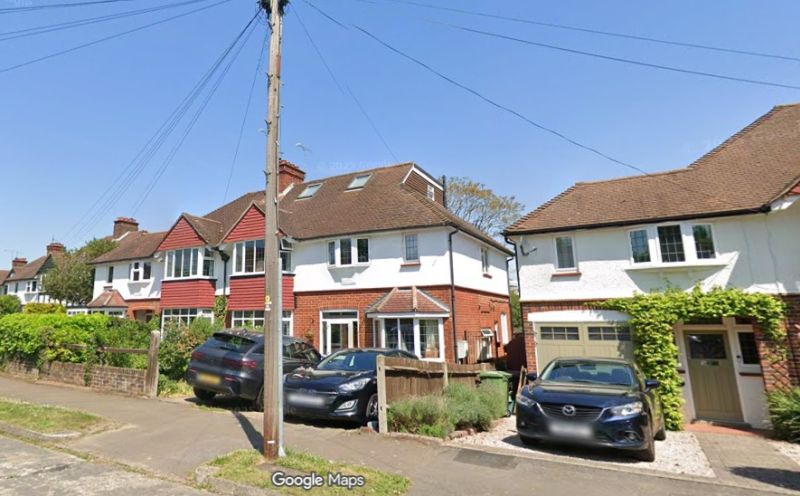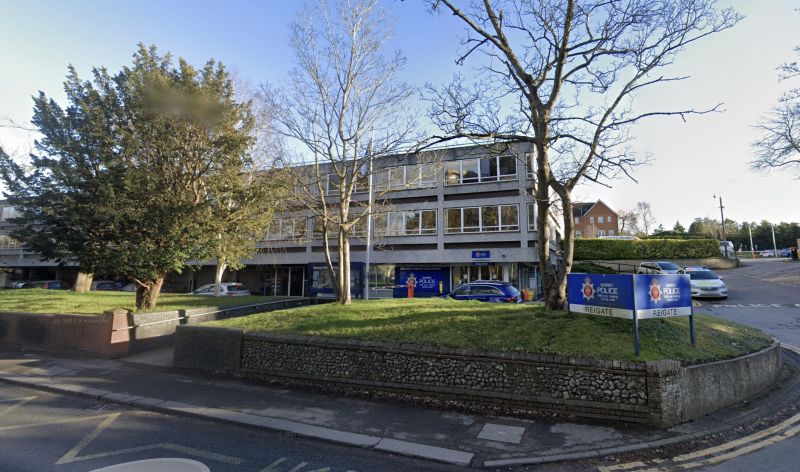Epsom & Ewell Biodiversity Action Plan’s five-year review ratified
Epsom & Ewell Borough Council’s Environment Committee has formally endorsed the progress made on its Biodiversity Action Plan (BAP) 2020–2030, following a scheduled five-year review presented at its meeting on 24 June. The review reflects both local achievements and national legislative changes introduced through the Environment Act 2021.
The Council’s Biodiversity Action Plan, which is linked to its Climate Change Action Plan, aims to protect and enhance local habitats and wildlife, supporting wider efforts to address climate change across the borough.
Key Achievements 2020–2025
The five-year progress report highlights a range of local initiatives, including:
- Integrating protected species considerations into the householder planning application process
- Improved grassland management across local nature reserves, Nonsuch Park, and Epsom Downs
- Establishment of an Ash Dieback Working Group to coordinate the management of diseased trees
- Enhanced mapping and management of veteran trees throughout the borough
- Creation of new ponds in Horton Country Park and Epsom Common Local Nature Reserves
- Development of new wetland habitat at Chamber Mead within Hogsmill Local Nature Reserve, delivered in partnership with the South East Rivers Trust
The review also noted Epsom Common Local Nature Reserve’s continued success, having secured its 18th consecutive Green Flag Award in 2024. Additionally, recent wetland restoration projects are enabling the reintroduction of water voles to Surrey for the first time in over two decades along the Hogsmill River.
Legislative Context
The Environment Act 2021 has introduced new statutory duties for local authorities to conserve and enhance biodiversity. Among these measures:
- Most planning permissions must now deliver at least 10% biodiversity net gain, with habitats protected for a minimum of 30 years
- Local authorities are required to produce biodiversity reports
- Mandatory Local Nature Recovery Strategies (LNRS) must be developed to support nature recovery
According to Natural England, the Environment Act marks a significant shift in legally protecting and enhancing biodiversity, setting targets in areas such as air quality, water, waste, and species recovery by 2030.
Background
Epsom & Ewell Borough Council’s Biodiversity Action Plan is a long-term strategy to safeguard and strengthen the borough’s ecosystems. It works alongside the Council’s Climate Change Action Plan, first launched in 2020 and refreshed for 2025–2029, which aims to reach carbon neutrality by 2035.
Councillor Liz Frost, (RA Woodcote and Langley Vale) Chair of the Environment Committee said: “We are committed to creating and maintaining habitats that support resilient ecosystems in our local nature reserves and green spaces across the borough. Our Biodiversity Action Plan plays a vital role in tackling climate change.
This five-year review has highlighted the vast amount of work, and wide-ranging activities, that we deliver. A prime example is Epsom Common Local Nature Reserve, a Site of Special Scientific Interest, that was awarded its 18th consecutive Green Flag Award in 2024. Also, fantastic partnership work to create wetlands is enabling the reintroduction of water voles to Surrey for the first time in over 20 years along the Hogsmill River.
Thanks to our countryside team for their passion, hard work and expertise in shaping biodiverse habitats across the borough. Also, a huge thank you to our partners and volunteers, without their support we wouldn’t be able to enjoy such wonderful green spaces.”
For further details, residents can view the Environment Committee’s report on the Council’s website or visit the Department for Environment, Food & Rural Affairs (DEFRA) for information about biodiversity net gain measures.
Image: Comma Butterfly















